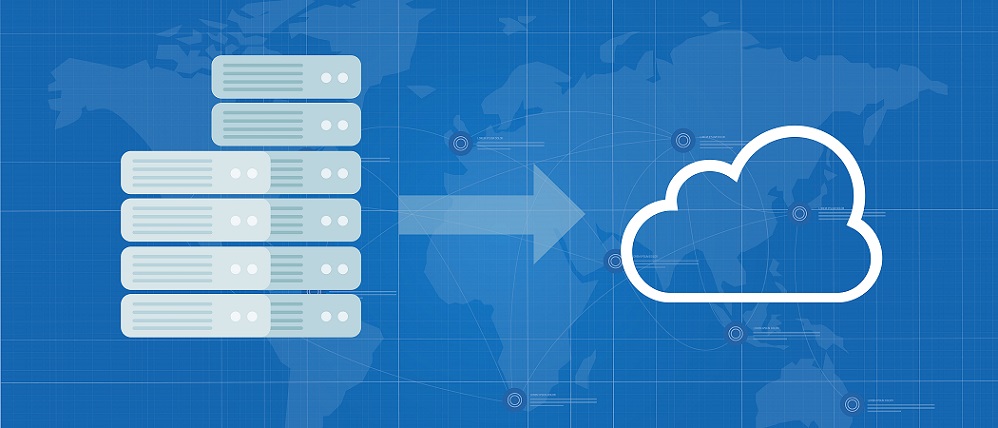One of the most valuable assets is your data, but migrating it is difficult. In fact, 70% of data center migrations will experience significant delays or unanticipated downtime as a result of poor planning.
Whether you want to achieve virtualization by transferring your data to a public cloud, private cloud, multi-cloud, or even another data center, it’s crucial that you plan your migration journey step-by-step to prevent unintended operational disruption or data loss. Read the article where we explain what a data center migration is, how to plan for a successful transition, and more.
Creating a Data Center Migration Plan
You must assess and modify your data center equipment investment as your business expands. You must take into account a variety of different factors whether you already have a multi-center network or are just starting with a local center.
It takes cautious administration of various equipment and program frameworks to send an advanced sample data relocation plan so that it coordinates together with your current framework. To urge your center off the ground and proceed to be fruitful as the mechanical scene changes, successful arranging, and execution are basic.
Data Migration Plan Definition?
A data center migration means moving important things from one place that takes case computer information to another place like it. It’s another name for moving a data center to a new place.
Its sending incorporates moving a few components that offer assistance for the information center to be secure and available. A few of these components are capacity frameworks, switches, firewalls, and servers. It incorporates the deployment of application conveyance controllers, which are computer organize gadgets in it.
Why Data Migration is Needed?
When a business need to move its data in any way, performing data migration is crucial because it is a vital component. Data migrations are required, for occurrence, in circumstances where a company has to overhaul its framework or server, solidify capacity equipment, alter databases or information centers, or indeed switch from HDD to SDD as a information organize.
Data migrations make sure that the data is transferred successfully, securely, and without loss or corruption due to incompatible hardware or subpar data processing. In the following situation, data migration also becomes crucial:
- When a legacy system needs to be replaced with a system that is more in line with the requirements of the business;
- When processes like reducing the amount of data stored and moving data to systems with lower power consumptions, business operational costs are reduced;
- When companies implement cutting-edge technology to stay cutting-edge and competitive;
- When creating a disaster recovery plan;
- When transferring data to an environment for cloud computing;
As more business migrate their computing environments to the cloud, cloud migrations are becoming the norm.
How to Write a Data Migration Plan?
There are three fundamental steps in data migration:
- Take data out;
- Data Transformation:
- Data loading.
Stakeholders may feel anxious when moving sensitive or important data and decommissioning legacy systems. You shouldn’t invent the wheel, but having a good plan is essential. On the internet, there are many examples of data migration plans and checklists.
- Planning before a move: Check the stability of the data being moved;
- Starting the project: Identity and briefly describe important stakeholders;
- Landscape evaluation: Establish a strong process for managing data quality rules, and inform the company’s management of the project’s objectives, including the shutdown of legacy systems.
- Planning a solution: Establish the data’s quality both during and after the move, as well as the data to be moved.
- Develop and test: Create the migration logic in the code and test the migration using a production environment mirror.
- Execute and validate: Prove that the migration is compiled with the specifications and that the moved data is suitable for use in business.
- Decommission and keep track of old systems that should be deactivated and discarded.
Although it might seem like a lot of work, not every migration will require all of these steps. Every situation is different, and every company approaches the work in a different way.
Where to Find Data Center Relocation Checklist
An organization might decide to move the location of its IT infrastructure for a few different reasons. Some businesses are looking to relocate their servers to an off-site, connected, secure facility. Others are switching colocation facilities, probably as a result of uptime problems.
There are several reliable sources where you can find data center relocation checklists:
- One option is to consult industry-leading publications and websites that specialize in data center management and operations. These sources often provide detailed checklists that cover all the necessary steps involved in a data center relocation.
- Additionally, technology forums and communities dedicated to data center professionals can be valuable resources, as members often share their expertise and provide access to useful checklists and templates.
- Lastly, reputable data center consulting firms and service providers may offer relocation checklists as part of their services or through their online resources. By leveraging these sources, you can find a reliable data center relocation checklist that will guide you through the entire process.
Indeed the foremost prepared IT groups may discover moving framework to a colocation or third-party information center to be a challenging errand. When commerce relocates, securing its investment and lessening downtime ought to be its best needs. Being proactive is the leading procedure for accomplishing these targets.

